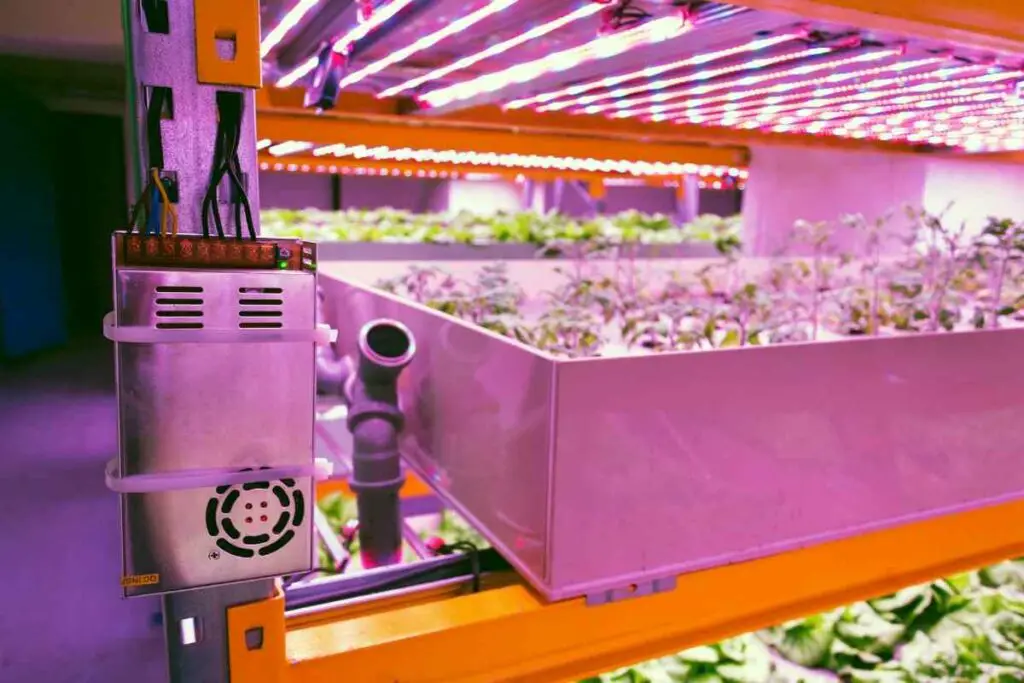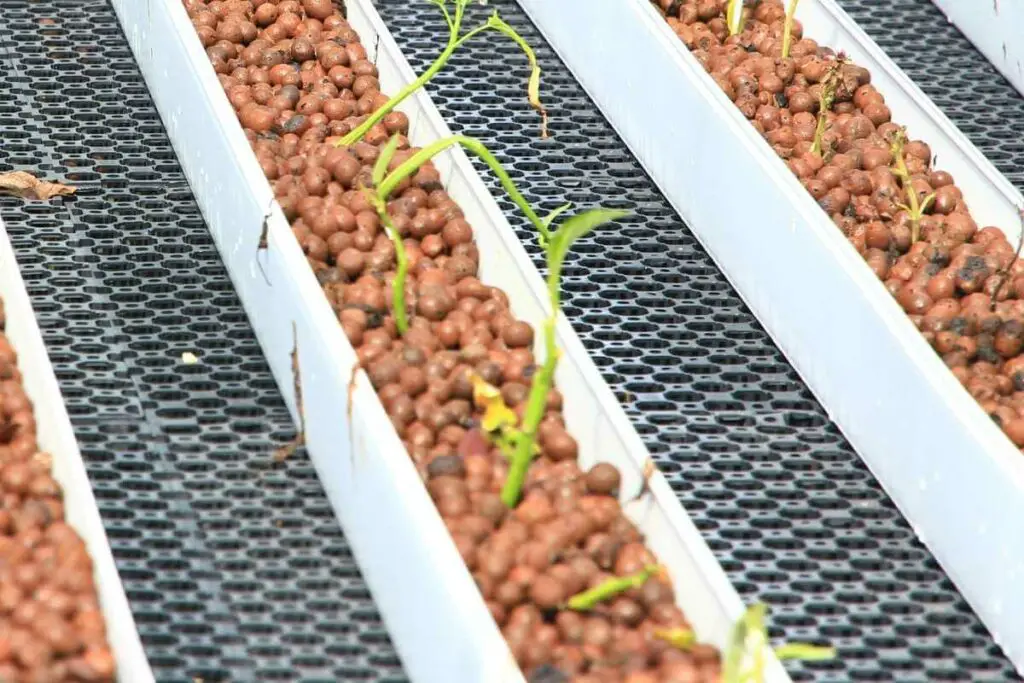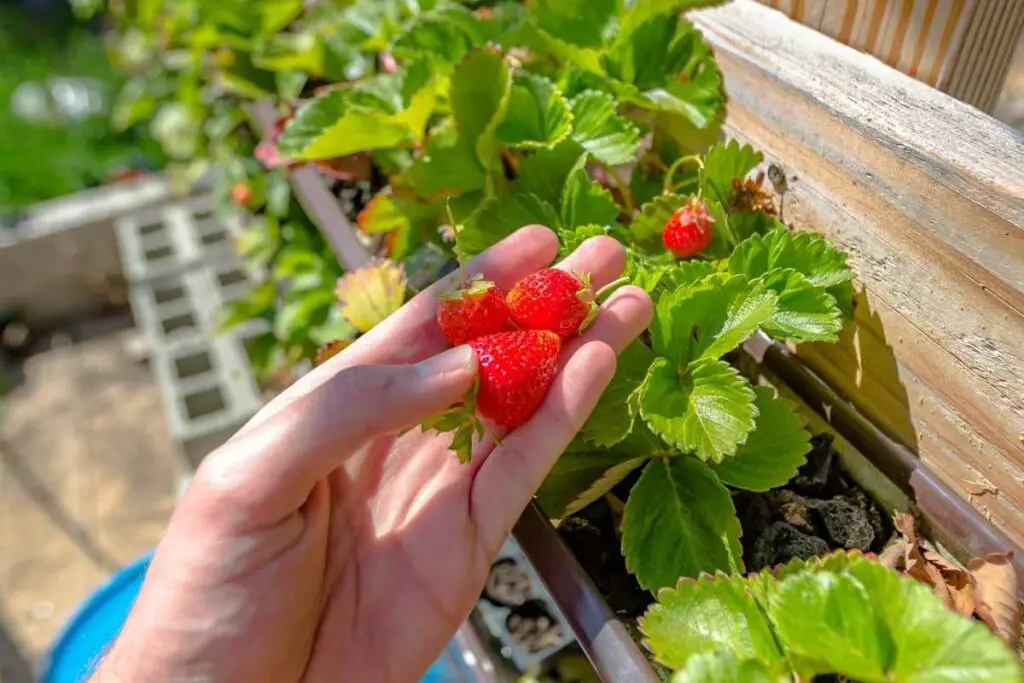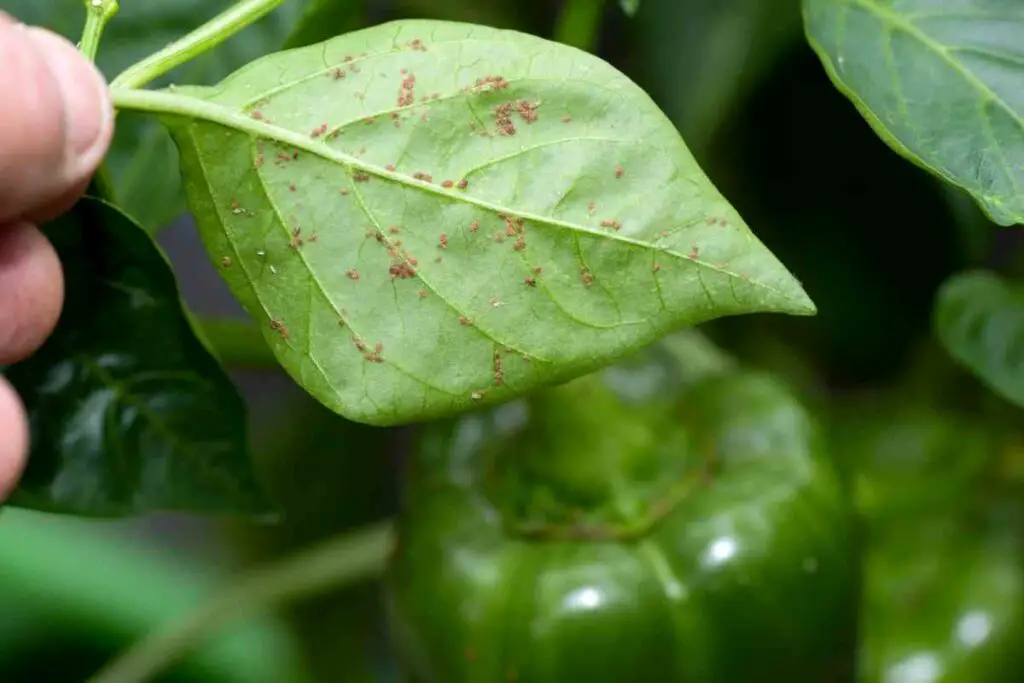If you are getting into aquaponics, you have probably heard about a biofilter, and that might leave you wondering what this is and why you need it.
What purpose does it serve in the aquaponic system and how important is it really?
We’re going to explore the purpose of an aquaponics biofilter today.
The importance of bacteria in an aquaponics environment cannot be overstated – they are a vital part of the system and how it works. An aquaponics biofilter is the part of this system that has been designed to help beneficial bacteria thrive and keep the whole system healthy. It has a large surface area to maximize the space available to these bacteria.
What Is a Biofilter?
A biofilter is the space where beneficial bacteria are intended to grow within the system you have set up.
It has been designed to provide the perfect environment for beneficial bacteria, and it contains biomedia with a large surface area to make plenty of space for the bacteria to grow on.
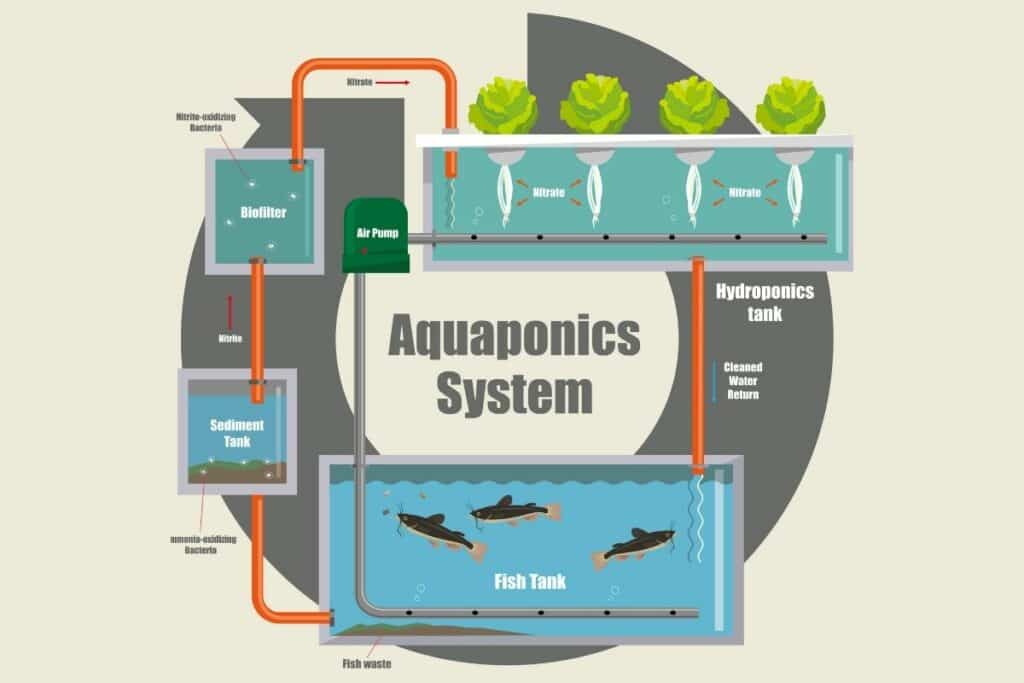
Remember these few facts:
- Fish waste is generated as ammonia, and this will build up in the water over time.
- If the concentration gets too great, it will harm your fish and your plants – but the fish are a vital part of your aquaponics system, so what you need is a way to turn that waste into something that the plants can use.
- The buildup of ammonia in water naturally prompts the growth of certain kinds of bacteria, which turn this waste into nitrites.
Bacteria of a different kind then turn the nitrites into nitrates, and this is known as the nitrogen cycle – the cycle by which fish waste can be made to benefit plants, which need nitrogen to grow.
Without this system, your aquaponics would very quickly run out of nutrients.
This process happens naturally, but the biofilter is designed to help it along and make it more efficient.
It gives the bacteria plenty of space to grow, and ensures that they are actively keeping your system going.
Important to know:
- For your aquaponics system to continue working, you absolutely need the bacteria to be present. Without them, the waste will rot and the wrong kinds of bacteria will get into it, turning the water stagnant and killing your plants.
- Keeping the good bacteria active and processing fish waste is vital to the success of your entire aquaponics system.
If you have ever kept an aquarium with plants in it and an aquarium without plants in it, you will know very well just what a difference the plants make to how you need to maintain the tank.
Planted aquariums always require less filtration than unplanted aquariums do.

In these situations, the plants are working as natural biofilters, harboring the bacteria that create the nitrites and eventually nitrates that they need, and growing bigger as a result of these bacteria.
The whole cycle removes the harmful chemicals from the water, ensuring that the fish can keep living in it.
This is how it works in the natural world, too.
You will never find a pool that contains fish but no plants, because the fish would not survive if they stayed there for long, swimming in unprocessed waste.
Key Takeaway: This is what you are attempting to replicate with your biofilter in your aquaponics system. The plants you have in there will help to harbor the bacteria, but having a proper biofilter is key to good system maintenance too.
How Does a Biofilter Work And What Does It Look Like?
Although designs may vary somewhat, a biofilter is usually some form of tank, filled with biomedia that is designed to provide lots of surface area for the bacteria to grow on.
The water in your aquaponics system will be run through this filter, ensuring that the bacteria are constantly washed with the ammonia produced by the fish, so that they can process it.
The water then washes out on the other side of the filter with the ammonia removed, and is cycled back to the fish and the plants.
Often, a biofilter will be filled with little shapes that look somewhat like a complicated kind of pasta.
These have been designed to maximize the surface area and allow as much bacteria to grow in as a small space as possible.
The biofilter also has the right pH values for the bacteria, as well as a maintained temperature of the right level, and dissolved oxygen to help the bacteria thrive effectively.
Biofilters are often fitted underneath a hydroponics system, and they also house a pump to draw the water into the tank and push it back out the other side.
They are easy to set up, and the more space you can dedicate to one, the more efficiently your system will run.
Remember This: There are many different designs of biofilters, so it’s worth shopping around until you find one that suits you and the system you want to build. Don’t just buy the first one that you see.
Do I Need a Biofilter?
You will need a biofilter to run an aquaponics system effectively, yes.
Although systems in nature survive fine without a manmade biofilter, an aquaponics system does not have enough surface area to support the growth that the plants need.
Without a biofilter, you will probably find that the ammonia in your system builds up and both the fish and the plants die.
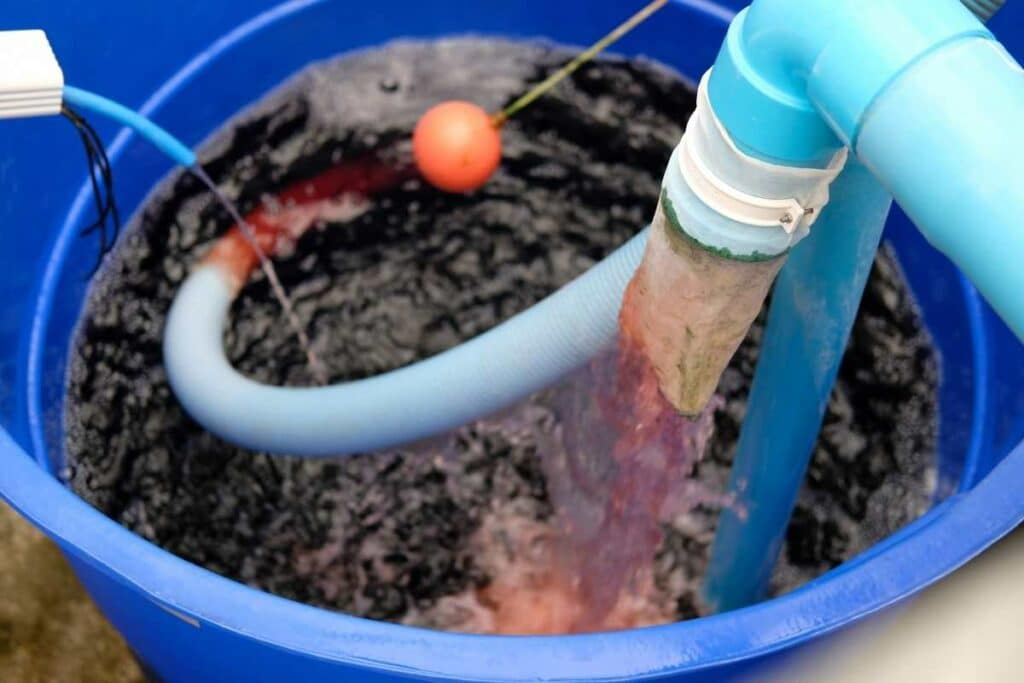
The biofilter should be placed after the mechanical filter in your system, so that any other unpleasantness is being filtered out of the water before it hits the biofilter.
If you don’t use a mechanical filter first, you will often find that the biofilter gets overloaded by the waste being put into it by the whole system, and it will probably have to be replaced quite quickly.
By putting the main filter in first, you prevent the system from getting clogged up, and let the bacteria work effectively.
Can I Run an Aquaponics System If I Don’t Have a Biofilter?
It’s unlikely to work.
The bacteria will grow throughout your entire aquaponics system, so in theory, they will keep up with the fish waste, just as they do in the natural world.
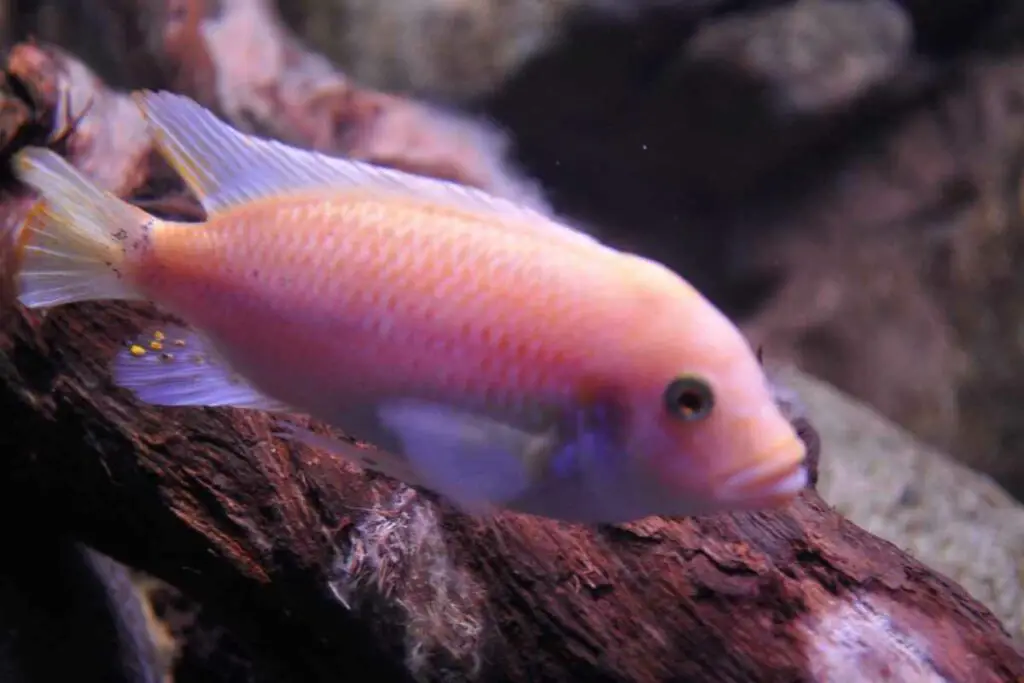
However, they probably won’t in practical terms.
This is because there is not enough surface area in most aquaponic systems to provide growth space for the bacteria.
Although the bacteria will grow on plants, the edges of the tank, the pipework, and everywhere else, you will still not have as much as if you install a biofilter.
Have You Noticed: You may also find that the pH values or the temperature values are less suited to the growth of bacteria, whereas the biofilter will offer the perfect conditions to ensure lots of bacterial growth. This keeps your system running at maximum efficiency all the time.
Conclusion
So, do you need an aquaponics biofilter?
Yes, you do; these are key to keeping your equipment running effectively and the ammonia levels in the water down.
Without one, the waste generated by the fish in the system will probably kill them and the rest of the life.
Installing a good-quality biofilter can make the difference between a successful aquaponics system and an unsuccessful one, so do some thorough research and take the time to get this right before you buy and install one.



